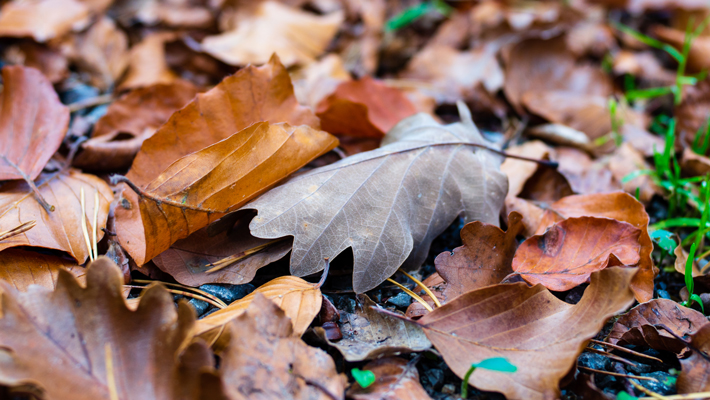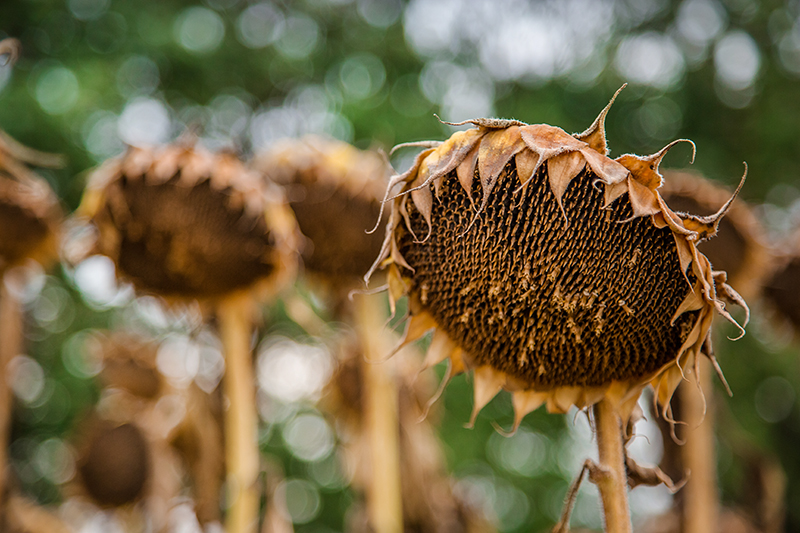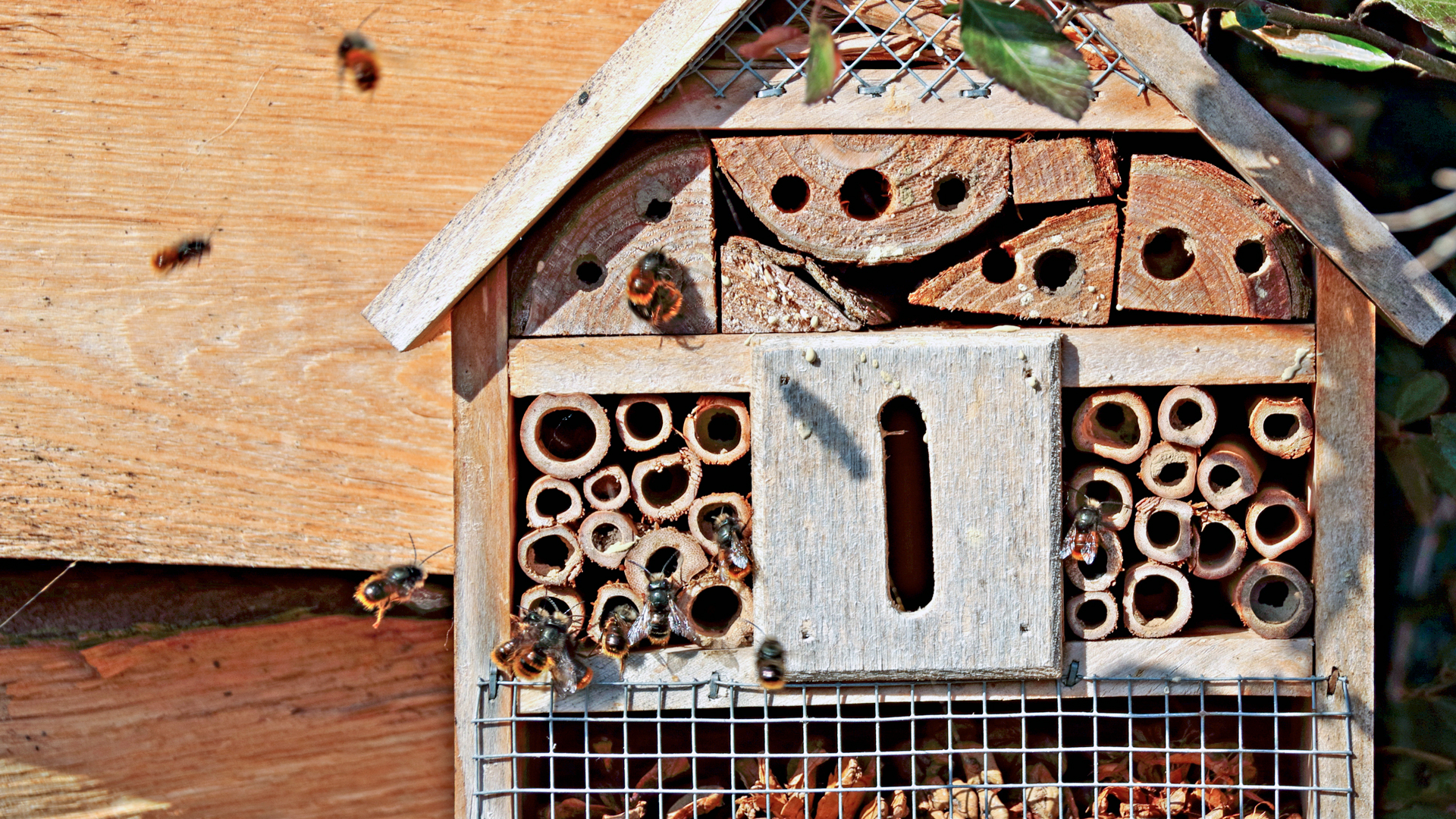Allowing organic material to decompose in place is a great boon to garden health because it infuses the soil with carbon — the building block of all lifeforms.
Deadheading is a traditional and instinctive gardening practice to cut off flowers and clip back springtime plants as they fade to brown. But I am here to advise against these habits. Here’s why.
Dead plant material makes a great soil additive and mulch. Plants take in nutrients through their roots and pull carbon from the air to grow new leaves and flowers. Flowers are highly nutrient dense and therefore energetically expensive for plants to produce.
Allowing organic material to decompose in place is a great boon to garden health because it infuses the soil with carbon — the building block of all lifeforms. Without carbon, there is no life.
Composting your yard scraps in a different location is a reasonable alternative if you enjoy more labor. Leaving it to break down in place is much less of a hassle.
Not only does allowing plant material to decompose in place boost soil health, but it also acts as a fantastic natural ground cover. Dead organic material produced in your own yard is the best source of free mulch year-round. Mulch locks in soil moisture and reduces the need to water.
Mulch also inhibits weeds, increases soil stability, decreases soil temperatures, and fosters life. We have several articles touting the merits of mulch if you want to learn more.

Here are a couple more reasons to let dead plants lie.
You are missing out on free plants.
Flowers are the reproductive organs of plants. When pollinated, flowers produce fruits that contain seeds. (A fruit is a botanical term that describes the seed-bearing structure that results from the pollination of a flower.) By allowing faded flowers to remain intact, you’re letting its fruits ripen and seeds mature. Instead of going back to the nursery year after year to purchase the same annuals or seed packets, consider collecting the seeds produced by your own plants.
Many familiar native flowers produce dry fruits that are easy to recognize as matured and ready to collect. Examples include sunflowers, bluebonnets, daisies and buckeyes. Wait until the fruits are completely dried out and then collect. Fleshy fruits can be a little tricky, so be sure to do your research on when to pick from different species. Native species include passionflower, pigeon berry, sumac, and American beautyberry.

Removing withered flowers or other dead material from your landscape destroys prime habitat and resources for beneficial species.
A southern favorite, the firefly relies on dead organic material as a nursery. Fireflies lay their eggs in moist debris on the ground that their larvae then consume to grow into the glowing bugs we love. The firefly is just one example of a beneficial group of animals called detritivores, which process dead organic material into accessible carbon and nutrients.
By leaving dead plant material on the ground, you are one step closer to fostering habitat for fireflies in your yard.
Solitary bees also rely on dead organic material for habitat. Some species of solitary bees will use broken, hollow stems of flowers or rolled leaves of plants to make their nurseries. You may have seen hand-made solitary bee houses full of different sized hollow sticks or drilled cuts of wood.
Instead of buying a solitary bee home, leave dead flower stems, pithy twigs, and other litter in your yard to attract these beneficial pollinators for free.

Much of the old school of gardening practice is about doing more, making sure that not one faded petal falls out of place. I challenge you to do less and let your garden do the work for you. You may find it beneficial for both parties.


